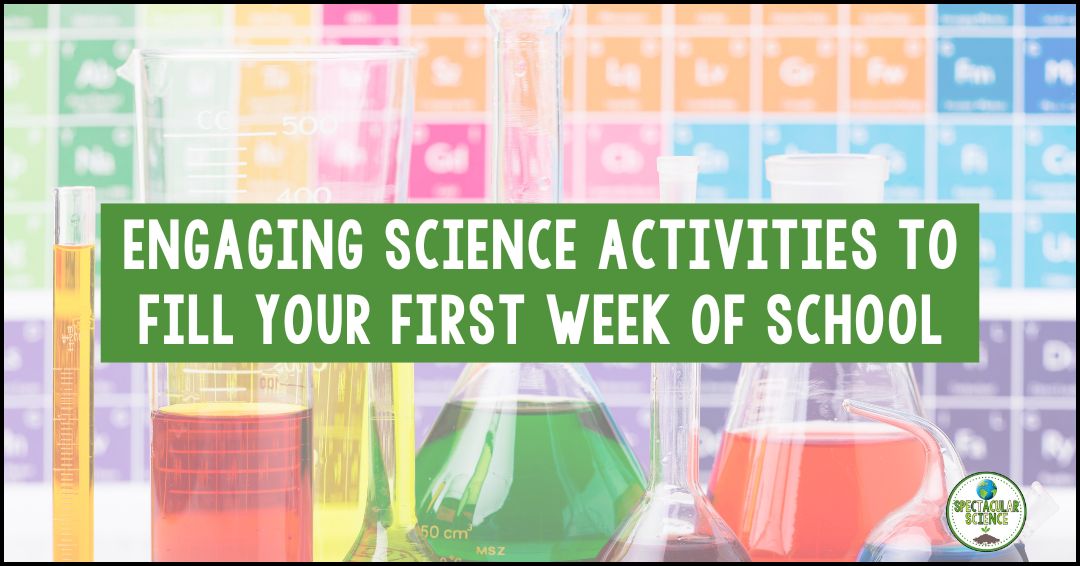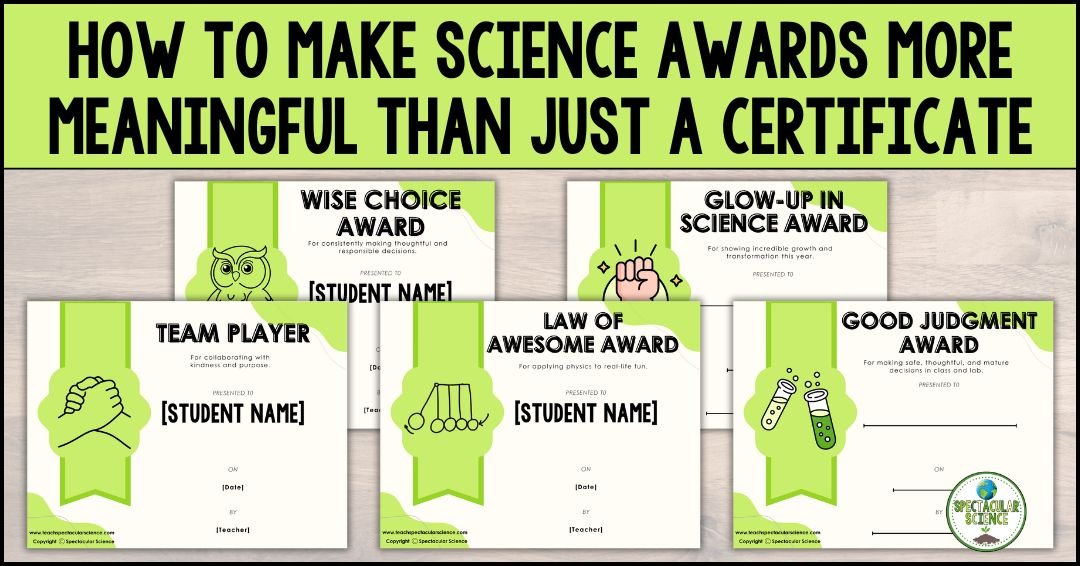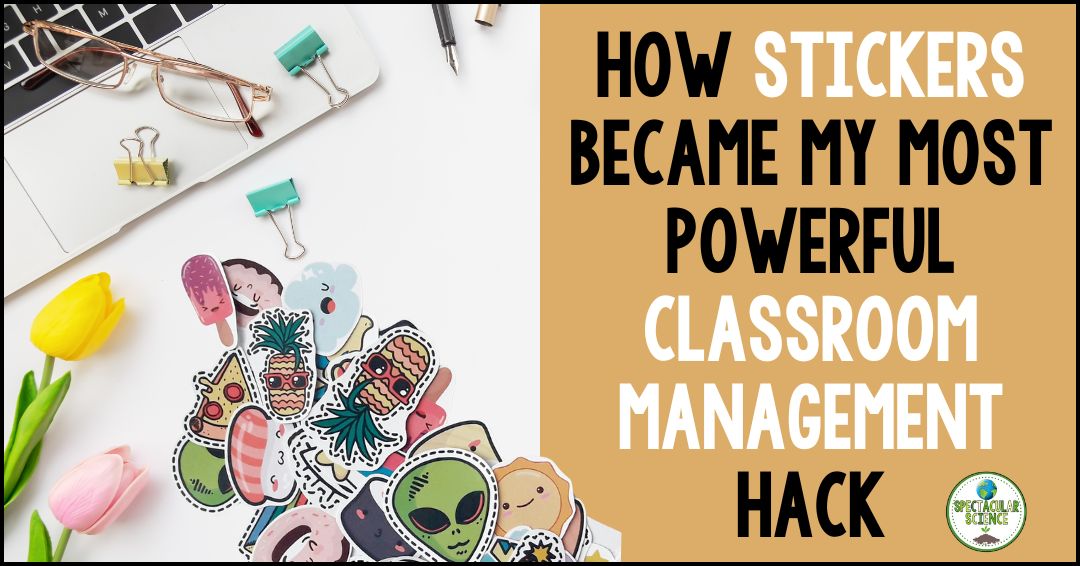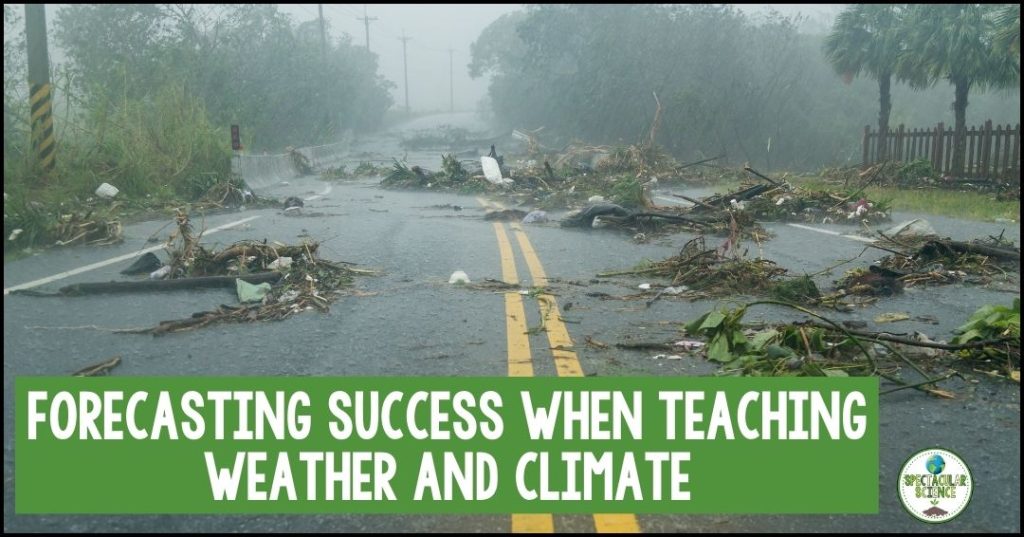
Teaching weather and climate is a staple in Earth Science and it’s one of my favorite units to teach. The power and unpredictability of severe weather phenomena like hurricanes, tornadoes, and thunderstorms evoke both fear and awe.
It’s an area of study that can easily grab students’ attention and then provide them with a lot of really useful ‘real-world’ applications of their knowledge. Learning about weather and climate in middle and high school Earth Science classes not only equips students with essential scientific knowledge but also instills a sense of curiosity and responsibility towards our planet.
Laying the Foundation for teaching weather and climate
Before delving into the complexities of severe weather, it’s crucial to ensure students have a strong understanding of basic meteorological concepts. Start by teaching the basics of weather and climate by introducing them to weather patterns, atmospheric conditions, and the factors that influence weather. Use visual aids like diagrams, videos, and interactive simulations to make the concepts more accessible and relatable.
This two-week unit has everything you need to introduce students to severe weather. Since a main focus while studying meteorology is to reduce the amount of destruction caused by severe weather, it’s imperative to forecast severe weather early. Thus the unit guides students with the essential question, “How do scientists categorize dangerous weather?”
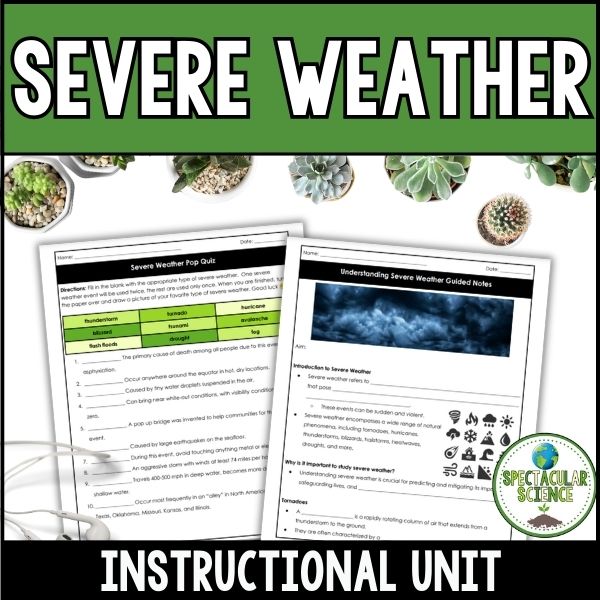
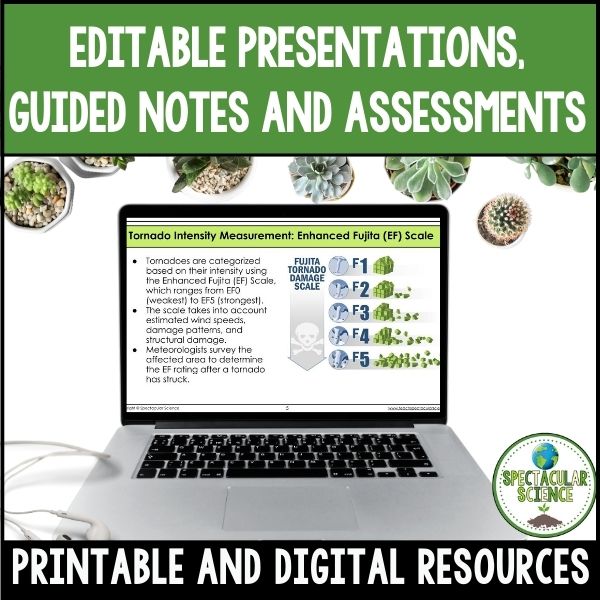
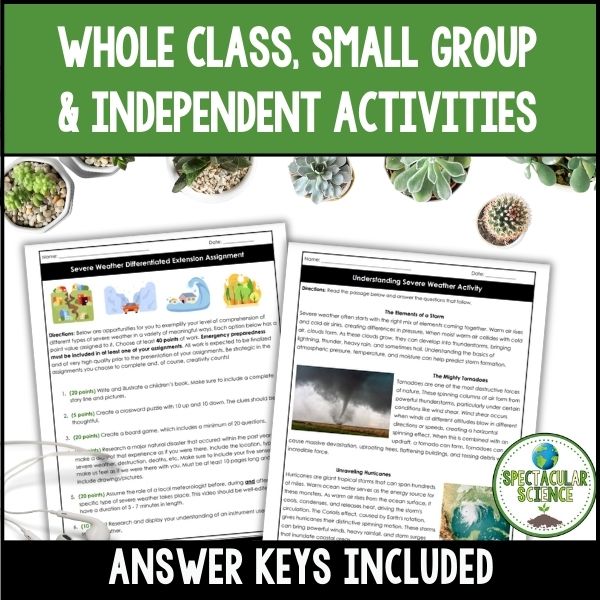
Understanding Severe Weather Phenomena
Once students have grasped the fundamentals of weather, it’s time to introduce them to severe weather phenomena. When teaching weather and climate, begin by focusing on the most common types, such as hurricanes, tornadoes, thunderstorms, and blizzards. Explore the causes, formation processes, and characteristics of each type of severe weather. Encourage students to ask questions and foster discussions to promote a deeper understanding.
One way I like to focus on learning in class is through the use of task cards. They give students a bit of hands-on learning and their quick-feedback for understanding is ideal. Check out some tips for using task cards in class with this post.

When teaching weather and climate, task cards are a valuable addition to severe weather units because there is so much to understand about causes, processes, and characteristics. This set of 22 task cards (and answer keys!) work for bell ringers to get students previewing the lesson or exit cards to assess their knowledge and understanding at the end of the lesson.
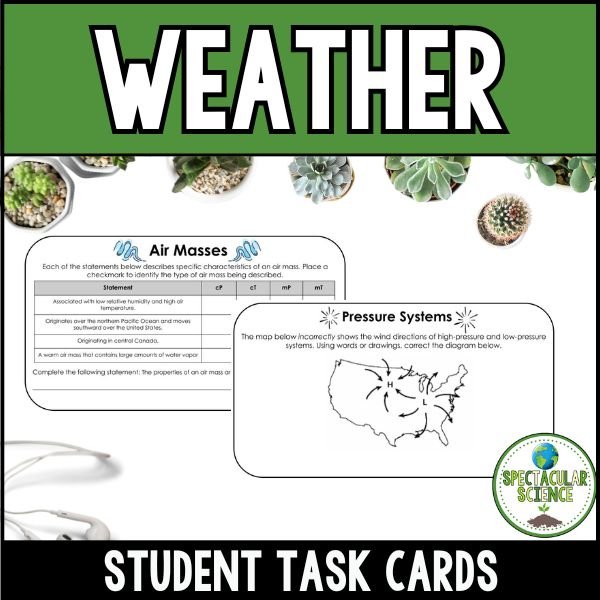
Real-Life Examples of Weather and Climate
Bring severe weather to life by incorporating real-life examples and case studies. Discuss historical events like the tornado outbreak in Tornado Alley, the supercell thunderstorms in the Great Plains, or Hurricane Katrina, which continues to affect the area even now nearly 20 years later.
When teaching weather and climate, analyze the impacts of severe weather events on the environment, society, and the economy. Engage students in critical thinking exercises to evaluate the response strategies and mitigation efforts undertaken during such disasters.
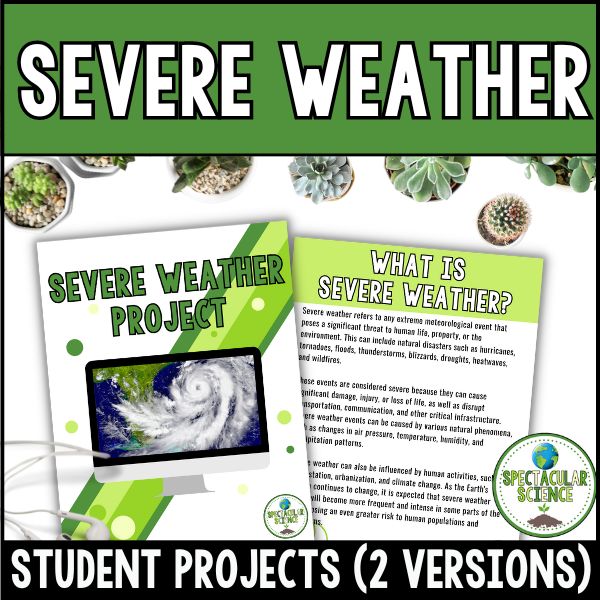
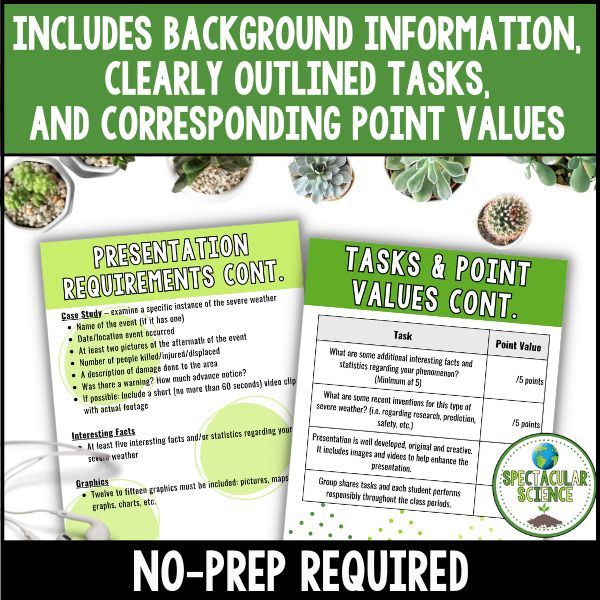
Let students take the lead in their examination of different events with a severe weather project assignment like this one. Outline the requirements, provide some scaffolding and direction for research and content, and then let students present their materials in a variety of ways. And then know that at the end you have a solid rubric to evaluate the overall work.
Just wrapped up my brand-new Natural Disasters Unit!
If you love teaching weather and climate, this unit is the perfect next step. I wanted to create something that really gets students thinking about how Earth is constantly changing and how natural disasters shape our planet. From earthquakes and volcanoes to floods and storms, this unit gives students hands-on labs, real-world data analysis, and even engineering challenges to bring these powerful forces to life.
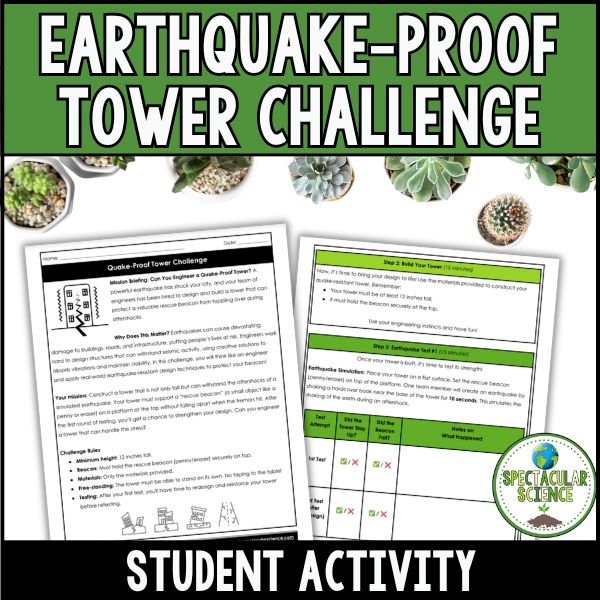
One of my favorite parts? The Earthquake-Proof Tower Challenge, where students get to design and test their own quake-resistant structures. It’s always amazing to see their creativity and problem-solving skills in action! Another highlight is the Locating Earthquake Epicenters Lab, where students analyze real seismic data like actual geologists. Plus, the Volcanoes in the Headlines Activity ties in current events, getting students engaged in real-world applications of what they’re learning.
The best part? It’s student-centered, easy to implement, and packed with interactive activities that make Earth Science exciting. Whether students are mapping earthquake epicenters, analyzing news reports on volcanic eruptions, or exploring how we can predict and prepare for disasters, they’ll walk away with a deeper understanding of Earth’s dynamic systems – and a greater appreciation for how science helps us stay safe.
If you’re looking for a unit that will captivate your students and save you planning time, this one’s ready to go. Can’t wait to hear how your students love it!
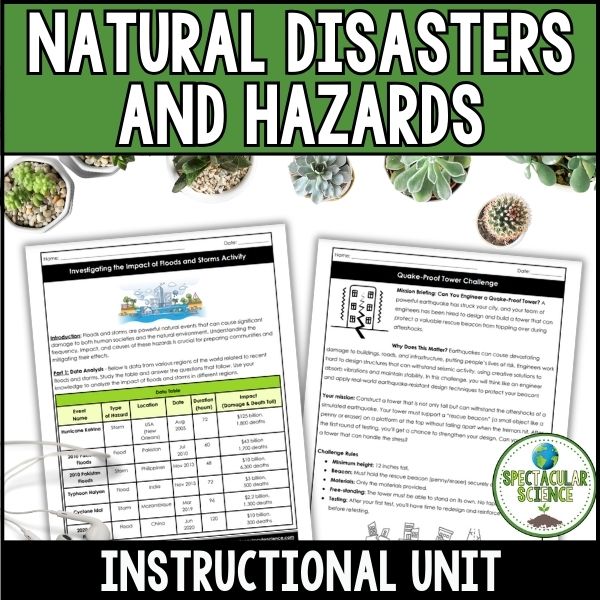
Technology and Data Analysis
When teaching weather and climate, harness the power of technology to enhance students’ learning experiences. Utilize weather-tracking apps, satellite images, and radar data to analyze and predict severe weather patterns. If you’re a school where students can access their phones, this could be a matter of looking at a specific weather app to see what everything means. Usually, we just look at the day’s forecast and don’t consider all of the other data that’s presented; often this is because there’s a lack of understanding of what all that other data means!
Teach students how to interpret weather maps and graphs, empowering them to make informed predictions and decisions. Incorporate some additional literacy skills by having students analyze a graphic text – print out a screen image of a weather app page – and get students to answer questions based on the image and information presented. Better yet, get students to draft questions about the page and then pose them to classmates.
Another option is to organize hands-on activities where students create weather instruments like anemometers, barometers, or rain gauges to collect data and analyze weather patterns.
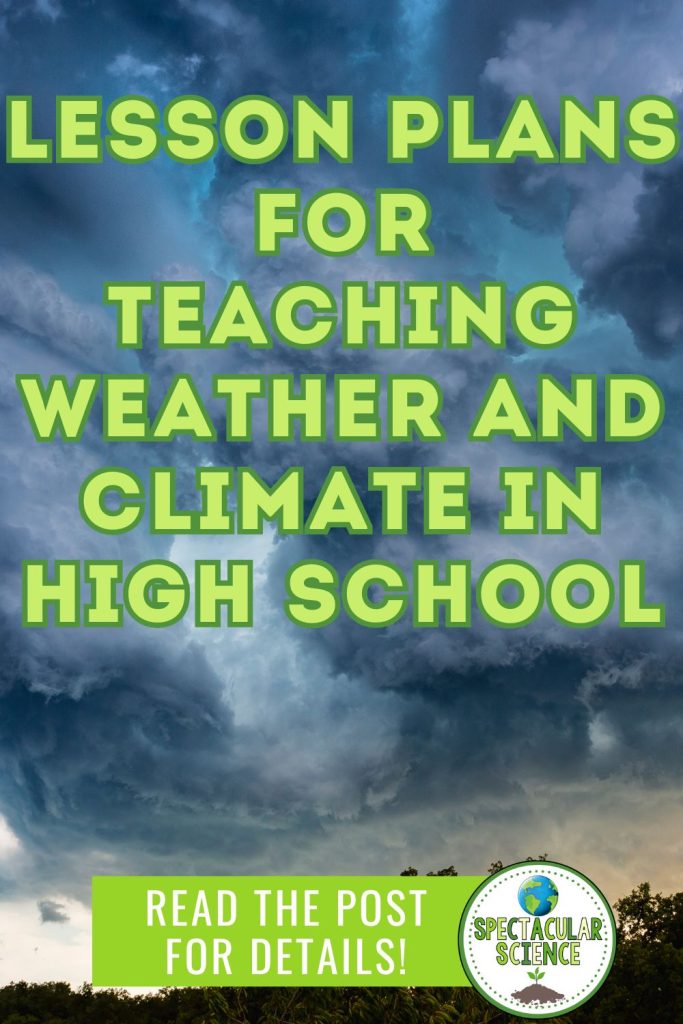
Guest Speakers and Field Trips
Invite guest speakers in the fields of weather and climate, such as meteorologists, emergency management officials, or storm chasers, to share their expertise and experiences with students. Their firsthand accounts and insights can provide invaluable perspectives on severe weather.
If you’re not able to bring such speakers in person check out some online options. Here’s a video profile of Reed Timmer, a well-known storm chaser and extreme meteorologist, and this report about how storm chasers are tracking climate change.
Additionally, organize field trips to local weather stations or storm observation centers, where students can witness the behind-the-scenes work and interact with professionals in the field. Again, if this is not possible consider a virtual field trip as an alternative to in-person trips. Read this post with more details about virtual field trips and using them in class to expand students’ experiential learning.

If you’re teaching Earth Science and you look at this list of great things to include but feel overwhelmed in how might include it all, then this done-for-you weather unit bundle can help! With five different units– air masses, weather fronts, pressure systems, forecasting (station models), and severe weather– it’s prepped for what you need to teach and what you want your students to learn about weather and climate! Having these resources means you can use your time to find a guest speaker or to book a field trip since you won’t have to spend time planning lessons – this is done for you!
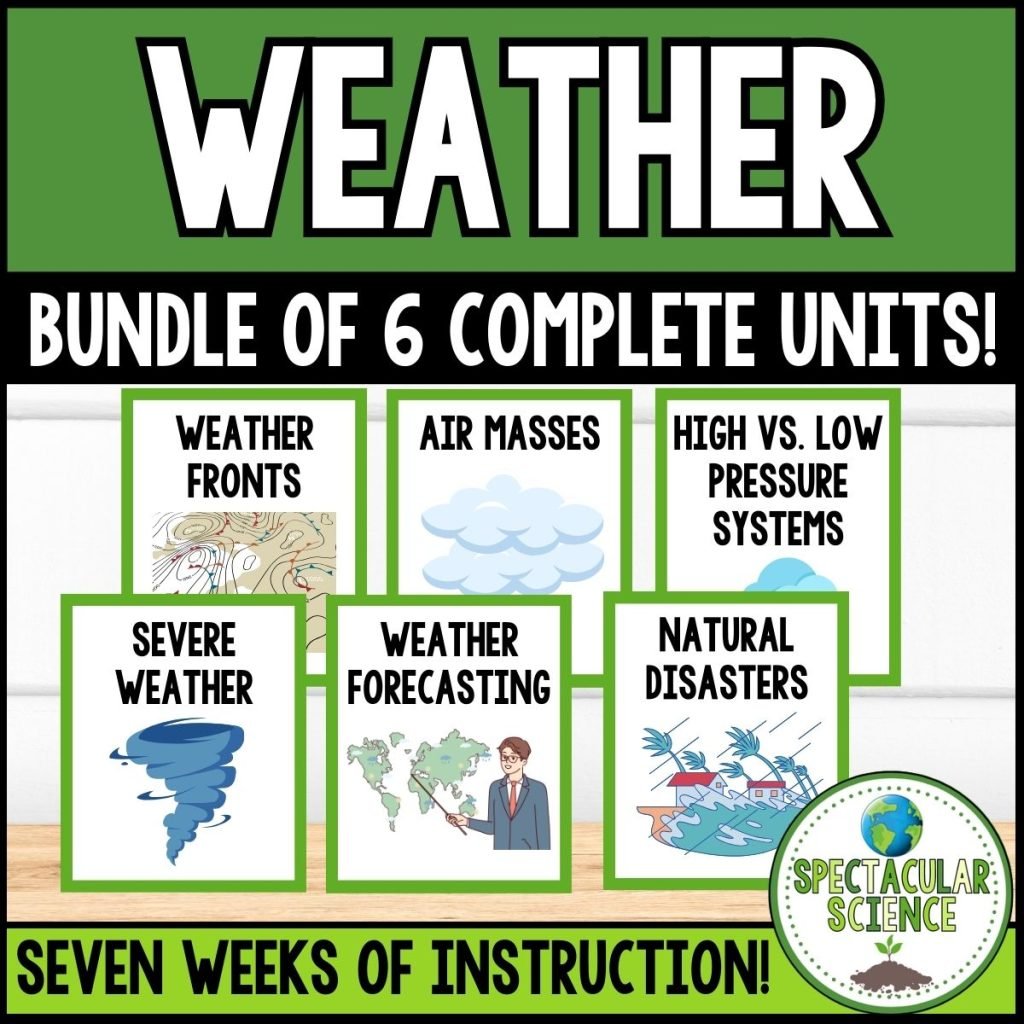
Guide your students with essential questions such as How do scientists compare the weather patterns of cold fronts with those of warm fronts? or What is the difference between low and high pressure systems?, you’ll know your students are being directed in their learning so you can spend time supporting them in other aspects of class.








